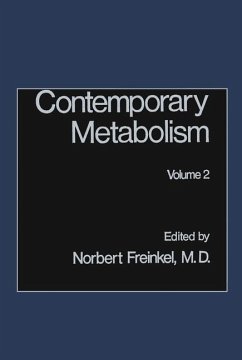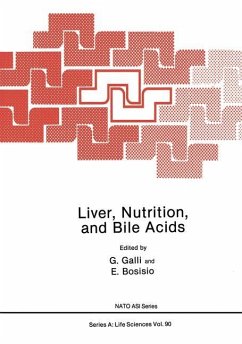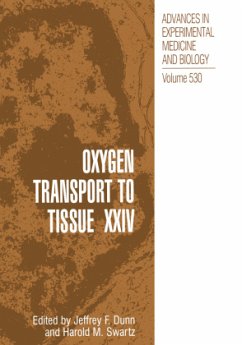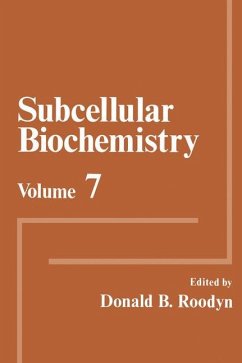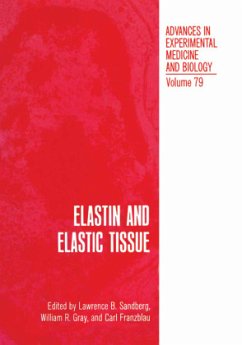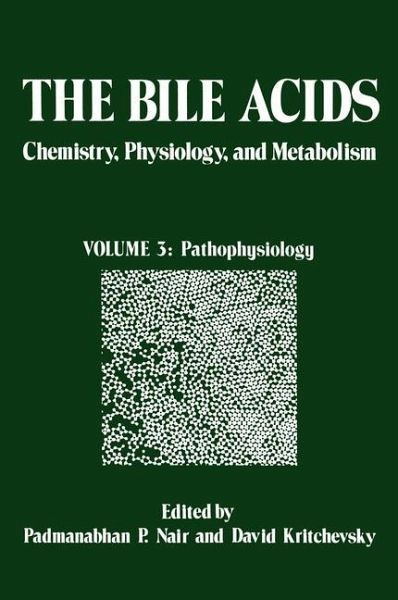
The Bile Acids: Chemistry, Physiology, and Metabolism
Volume 3: Pathophysiology
Herausgegeben von Nair, P.

PAYBACK Punkte
39 °P sammeln!
The first two volumes of this series addressed themselves to the chemistry, physiology, and metabolism of the bile acids. The present volume is devoted to the pathophysiology of bile acids. As the role of bile acids in health and disease is being increasingly recognized, we have chosen for discussion a wide range of topics of current importance. The presence of bile acids in brain tissue and their possible role in demyelinating diseases form the subject of a provocative discussion. As an extension of this theme, the presence and quantification of bile acids in extrahepatic tissues is the subje...
The first two volumes of this series addressed themselves to the chemistry, physiology, and metabolism of the bile acids. The present volume is devoted to the pathophysiology of bile acids. As the role of bile acids in health and disease is being increasingly recognized, we have chosen for discussion a wide range of topics of current importance. The presence of bile acids in brain tissue and their possible role in demyelinating diseases form the subject of a provocative discussion. As an extension of this theme, the presence and quantification of bile acids in extrahepatic tissues is the subject of one chapter. The pathophysiological implications of bile acids at the macromolecular level is highlighted by a chapter on the influence of bile salts on the activity of various enzymes. The general area of hepatobiliary diseases is discussed in two chapters: one describes changes in bile salt metabolism in liver diseases and the other focuses on cholesterol gallstones and their formation and dissolution. Cerebrotendinous xanthomatosis has been shown to entail a defect in bile acid and sterol metabolism, and this metabolic error is the subject of an illuminating exposition. There is presently a concerted research effort being brought to bear on the causes of colon cancer, and one important aspect of this work centers on bile acid metabolism. Aspects of bile acid metabolism and cancer are the subject of two chapters. And finally, the role of dietary fiber in bile acid metabolism is updated.






